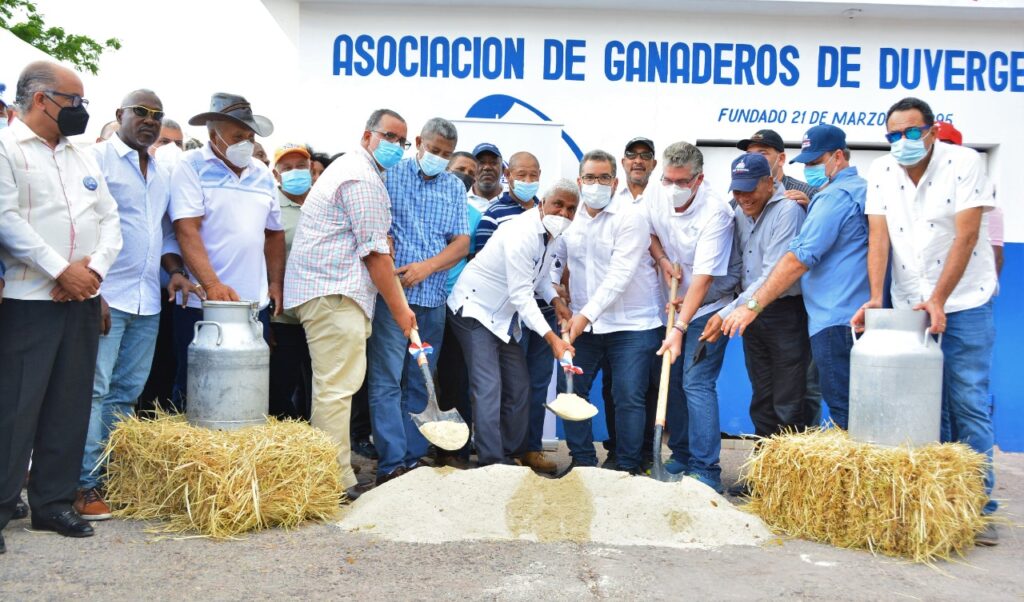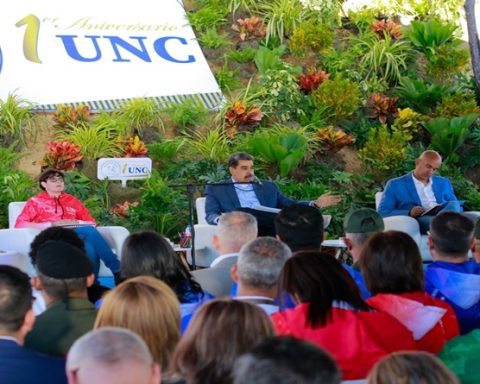The price of a kilo of meat to the consumer increased $5 a kilo this week, an increase that follows another of $10 registered last week; the roast, one of the cuts with the highest demand, after both adjustments has an average base cost of $280 per kilo, with maximums approaching $500 per kilo.
So far in 2022 there were only these two increases. As to whether there will be another in the short term, Alfonso Fontenla, president of the Union of Meat Vendors (UVC), specified that the values found in butcher shops in the coming days will depend on how the international market behaves.
Meat exports continue to be very fluid and the price of cattle is on the rise. Both factors “put upward pressure on prices,” he explained.
At the same time, “domestic consumption is stable”commented.
The first increase of the year occurred on Thursday, February 3, and the second on Tuesday, February 8.. Its Cumulative $15 increase is reflected in the prices of all cutshe stressed, although the percentage increase depends “on the equation of each butcher”.
UVC
Butchers expect prices to hold for a few weeks.
The price of roast
The roast, one of the best-selling cuts, increased $15. Fontenla explained that it is a product with a great variation in prices depending on where it is bought and a wide range of prices, which depends on the type of cut and the quality of the meat.
In butcher shops, depending on whether it is vacuum roasted, feedlot, premium or quota 481, the kilo can be found from $280 to $450 per kilohe detailed.
The death of chickens affected
Not only beef showed a rise in prices, poultry meat tooeven if its rise explained with the death of 97,000 birds that happened in January due to the heat waveFontenla explained. Avian meat rose between $6 and $7 per kilo.
After the heat wave, which affected meat and egg production birdsthe Uruguayan Chamber of Poultry Processors (Cupra) conducted a survey of poultry meat production companies and found that losses were 3.9%.

Diego Battiste
Avian meat had a price increase of between $6 and $7.
Will the rise continue?
Fontenla indicated that from the UCV they hope that the behavior of the international market and the “strong prices” that exporters must pay will not continue to affect the local price of meat. The “abundance of animals for slaughter” gives him hope that this is the case and that prices will remain the same until there is “a decrease in slaughter, as in the winter months.”
“We believe that with these rises prices are going to be quiet for several weeks,” said the butcher.
















